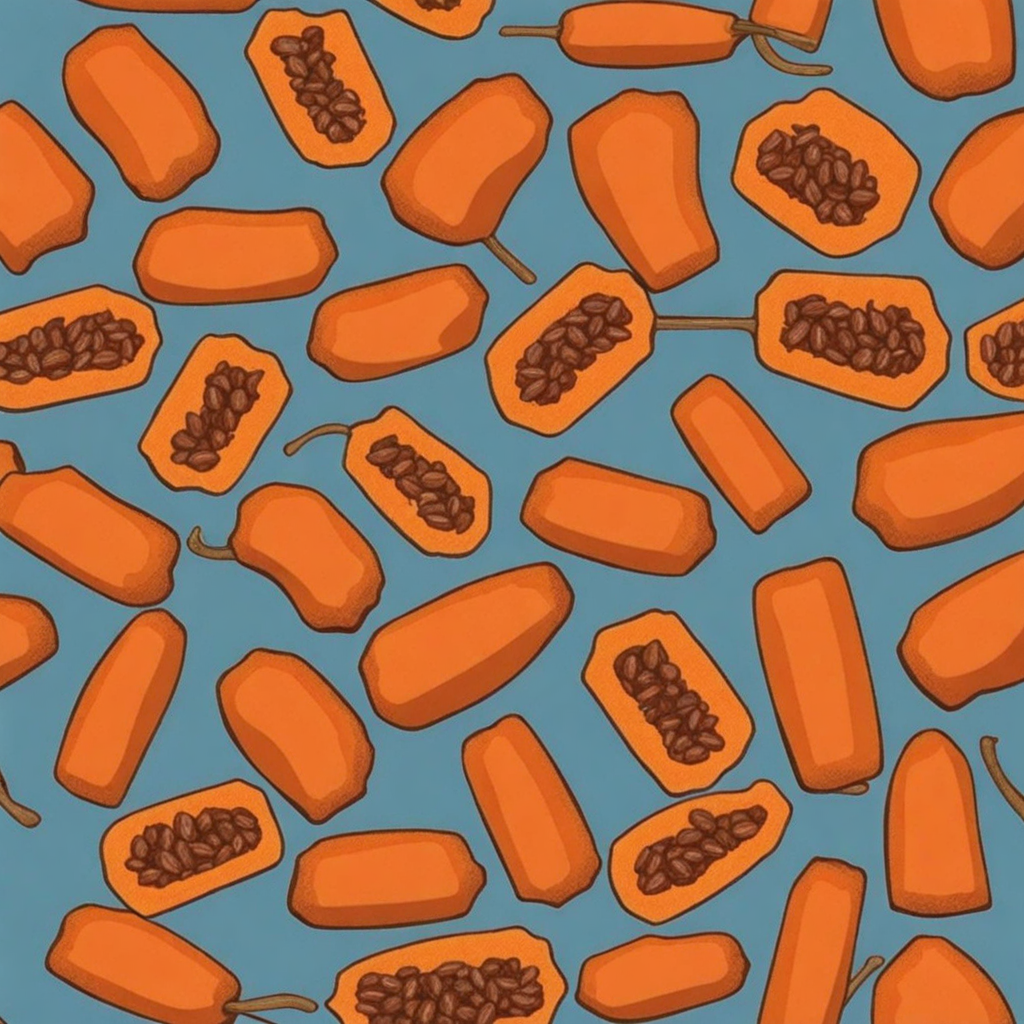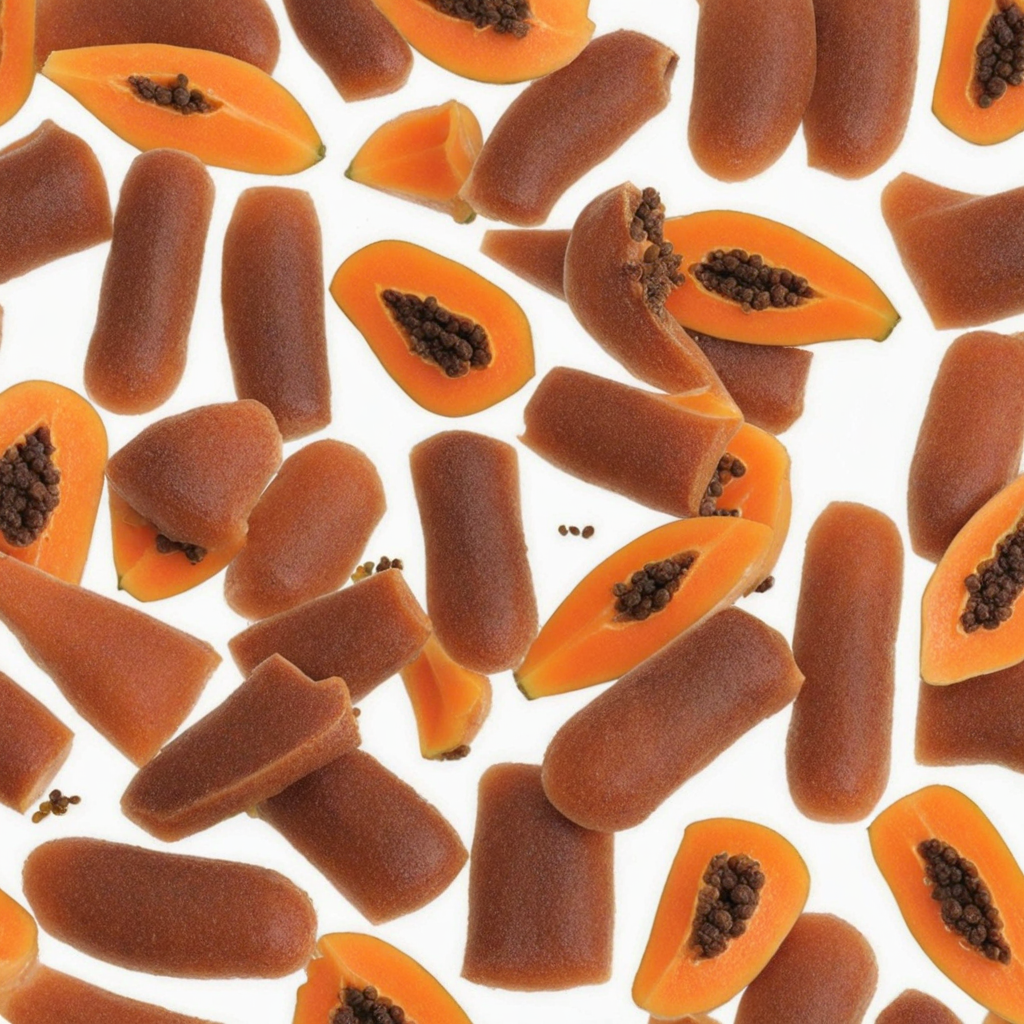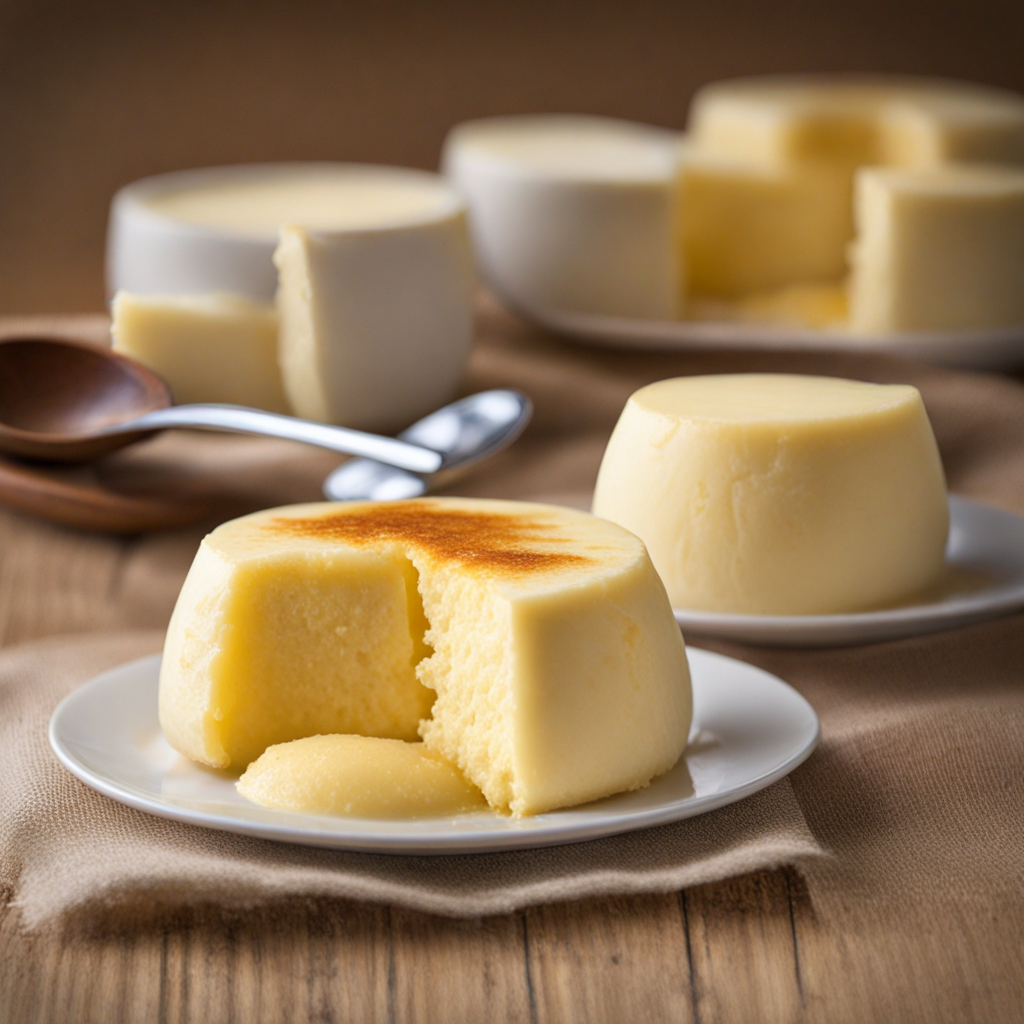Doce de papaya
Doce de papaya, a delightful dessert from Cape Verde, is a sweet treat that captures the essence of tropical flavors. Made primarily from ripe papaya, this dish showcases the natural sweetness and vibrant color of the fruit. The papaya is typically mashed or blended, then combined with sugar and sometimes a hint of lemon or lime juice, which enhances its flavor profile and adds a refreshing zing. The smooth texture and bright orange hue make it visually appealing, while its aroma invites you to indulge in its sweet embrace. What sets Doce de papaya apart is its simplicity and the quality of its ingredients. Often prepared with just a few components, this dessert highlights the freshness of the papaya, allowing it to shine without overwhelming it with heavy spices or flavors. The end result is a luscious, creamy consistency that melts in your mouth, reminiscent of a tropical paradise. Some variations may include coconut or a sprinkle of cinnamon, offering an additional layer of flavor that complements the papaya beautifully. This dish is traditionally served chilled, making it an ideal dessert for warm days. It can be enjoyed on its own or paired with a dollop of whipped cream or a scoop of vanilla ice cream for added decadence. Doce de papaya not only serves as a delicious way to satisfy your sweet tooth but also provides a glimpse into the rich culinary traditions of Cape Verde, where fresh, local ingredients are celebrated in every bite.
How It Became This Dish
The Sweet Legacy of Doce de Papaya: A Culinary Journey from Cape Verde #### Origins Doce de papaya, a beloved dessert from Cape Verde, is a sweet treat that embodies the unique cultural tapestry of this archipelago nation. Situated off the northwest coast of Africa, Cape Verde comprises ten volcanic islands, each with its own traditions and resources. The islands were uninhabited until the 15th century when Portuguese explorers settled there, bringing with them a blend of African, European, and later, Brazilian influences. Papaya, or "mamão" in Portuguese, is native to Central America and the Caribbean. It was introduced to Cape Verde through colonial trade routes. The warm, tropical climate of the islands proved conducive to growing not just papaya but a variety of fruits, which became integral to the Cape Verdean diet. Over time, papaya emerged as a key ingredient in many traditional dishes, and its sweet, vibrant flesh lent itself perfectly to the creation of desserts, particularly Doce de papaya. #### Cultural Significance In Cape Verde, food is a central component of social gatherings and celebrations, embodying the spirit of community and sharing. Doce de papaya, with its luxurious sweetness and vibrant color, is often served during festive occasions, including family gatherings, weddings, and religious holidays. This dessert is more than just a dish; it symbolizes hospitality and the warmth of Cape Verdean culture. The preparation of Doce de papaya often involves a communal effort, where family members come together to peel, chop, and cook the papaya, infusing the kitchen with the fragrant aroma of spices such as cinnamon and cloves. This process not only creates a delicious treat but also strengthens family bonds and fosters a sense of belonging among those who participate. Moreover, Doce de papaya reflects the resourcefulness of Cape Verdeans. The islands have historically faced challenges, such as drought and limited agricultural land, which have necessitated a culture of sustainability and creativity in food preparation. By transforming the humble papaya into a rich dessert, Cape Verdeans demonstrate their ability to make the most of available resources, while celebrating their heritage through food. #### Development Over Time Historically, the evolution of Doce de papaya has mirrored the broader changes in Cape Verdean society. The early 20th century saw the islands grappling with economic hardships and emigration, as many Cape Verdeans sought better opportunities abroad. Despite these challenges, the culinary traditions of Cape Verde persisted, with Doce de papaya standing out as a symbol of resilience and cultural pride. In the post-colonial era, particularly after Cape Verde gained independence from Portugal in 1975, there was a renewed interest in preserving and celebrating Cape Verdean culture, including its culinary heritage. Doce de papaya began to be promoted not only as a local delicacy but also as part of the national identity. Chefs and home cooks alike started experimenting with the traditional recipe, introducing variations that incorporated local ingredients like coconut, peanuts, or even chocolate, reflecting the diverse influences that shape Cape Verdean cuisine. As Cape Verdeans began to migrate to other countries, such as the United States, Portugal, and Brazil, they carried their culinary traditions with them. Doce de papaya found its way into diaspora communities, where it became a cherished reminder of home. In these new environments, adaptations of the dish emerged, catering to local tastes while maintaining its original essence. This transnational exchange not only enriched the dish but also deepened its significance as a cultural marker for Cape Verdeans living abroad. In recent years, Cape Verdean cuisine, including Doce de papaya, has garnered international attention. Food festivals and culinary events celebrating African cuisine have provided platforms for showcasing traditional dishes to a wider audience. As a result, Doce de papaya has transitioned from a local delicacy to a dish that represents Cape Verdean heritage on the global stage. #### Modern Interpretations Today, Doce de papaya can be found in various forms, from traditional home-cooked versions to modern interpretations in restaurants. Chefs are increasingly experimenting with presentation and flavor profiles, often incorporating techniques borrowed from other cuisines. For instance, some chefs may serve Doce de papaya as a layered dessert, combining it with mousse or sorbet, or pairing it with tropical fruits and local spirits. Despite these innovations, the core of Doce de papaya remains unchanged. It is still made primarily from ripe papaya, sugar, and spices, often garnished with nuts or drizzled with coconut milk. The dessert retains its significance as a symbol of family, community, and Cape Verdean identity. Moreover, with the rise of culinary tourism, visitors to Cape Verde are increasingly seeking authentic local experiences, which include sampling traditional dishes like Doce de papaya. This interest has revitalized local food markets and encouraged the preservation of traditional cooking methods, ensuring that future generations can enjoy and appreciate this sweet legacy. #### Conclusion Doce de papaya is much more than a dessert; it is a reflection of Cape Verdean history, culture, and resilience. From its origins as a beloved local treat to its current status as a symbol of national identity, this dish encapsulates the spirit of the islands and the warmth of its people. As Cape Verde continues to embrace its culinary heritage while adapting to a globalized world, Doce de papaya stands as a testament to the enduring power of food to connect communities, celebrate traditions, and forge identities. Whether enjoyed on a festive occasion or as a simple indulgence, Doce de papaya remains a sweet reminder of the rich cultural landscape that is Cape Verde.
You may like
Discover local flavors from Cape Verde







